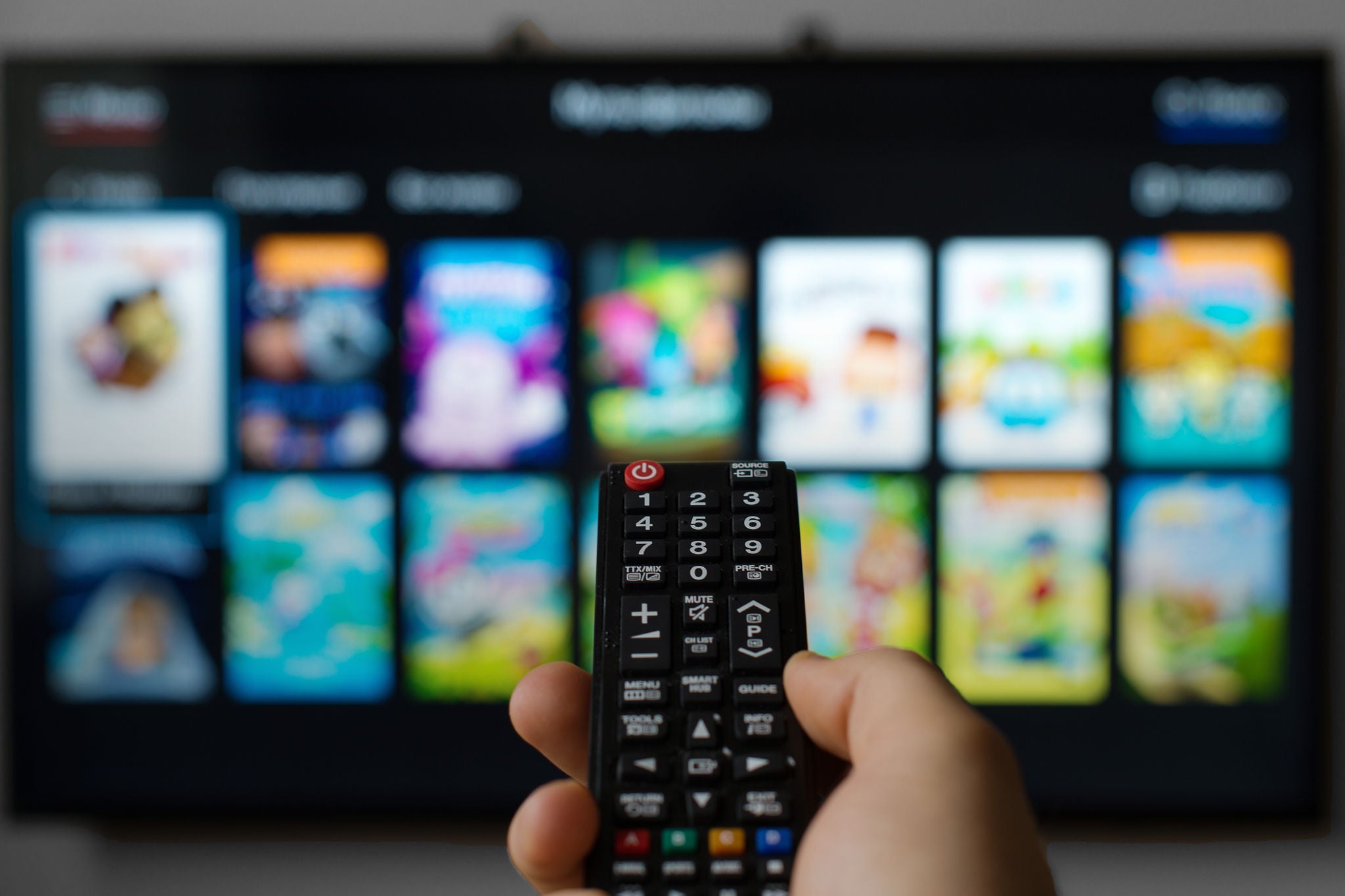Despite the impacts of the cost-of-living crisis, our findings this year reveal many positive developments for service providers: Households’ perceptions of value for money remain positive, the appetite for bundles is increasing, and satisfaction with customer support has risen.
Yet, alongside the encouraging news, there are challenges — many of them longstanding — that require attention if resilient spending levels and interest in new forms of bundles are to translate into long-term customer confidence, satisfaction and loyalty.
1. Make pricing more predictable and easier to understand
Almost three-quarters of households want more fixed-price guarantees, while 49% find pricing changes hard to understand. Service providers should build more confidence in the pricing message throughout the contract lifetime, helping ensure pricing is transparent and clearly communicated. This is particularly true of bundle packages, with per-service pricing made easier to unpick for more proactive customers. Companies should beware of offering too many pricing options, since introductory offers risk confusing as much as enticing customers.
2. Focus attention on vulnerable customers
Only 34% of consumers overall think connectivity and content providers have been supportive during the cost-of-living crisis, dropping to one quarter of those aged over 55. Focusing on older and more vulnerable customers has never been more important, particularly as regulators double down on the needs of these groups. Assessing their often more basic service needs and building greater confidence in their ability to install and use technology are vital, as is closer collaboration with groups representing their needs.
3. Build more trust in the connection and the device
Network reliability is a persistent pain point for households, who note minimal improvements year-on-year. Connectivity providers should take clear steps to address this issue, whether that’s improving network fault detection, educating customers about how to maximize signal strength, providing more proactive support during network outages or introducing new types of “back up” functionality. Meanwhile. connected home providers should ensure that security and convenience credentials lie at the heart of their value propositions.
4. Simplify packages to capitalize on the strong appetite for bundles
Consumers’ enthusiasm for bundled subscriptions is accompanied by a sense of overload in the market for content and home technology. To reconcile these mixed signals, service providers should look to create packages that allow for service aggregation — on a self-serve basis — while also being easily understandable. New service combinations that harness connectivity, entertainment, retail and lifestyle services could also gain traction in this environment of heightened consumer receptivity.
5. Take the pain out of the path to purchase and installation
While satisfaction with customer support is improving, there are persistent challenges early in the customer journey around service discovery, evaluation and installation. Providers need to make buying and installing new products more straightforward for customers, which will reduce the volume of queries and issues they receive. Accommodating indirect sales channels is also becoming more important, as consumers shop around more during the cost-of-living crisis.






